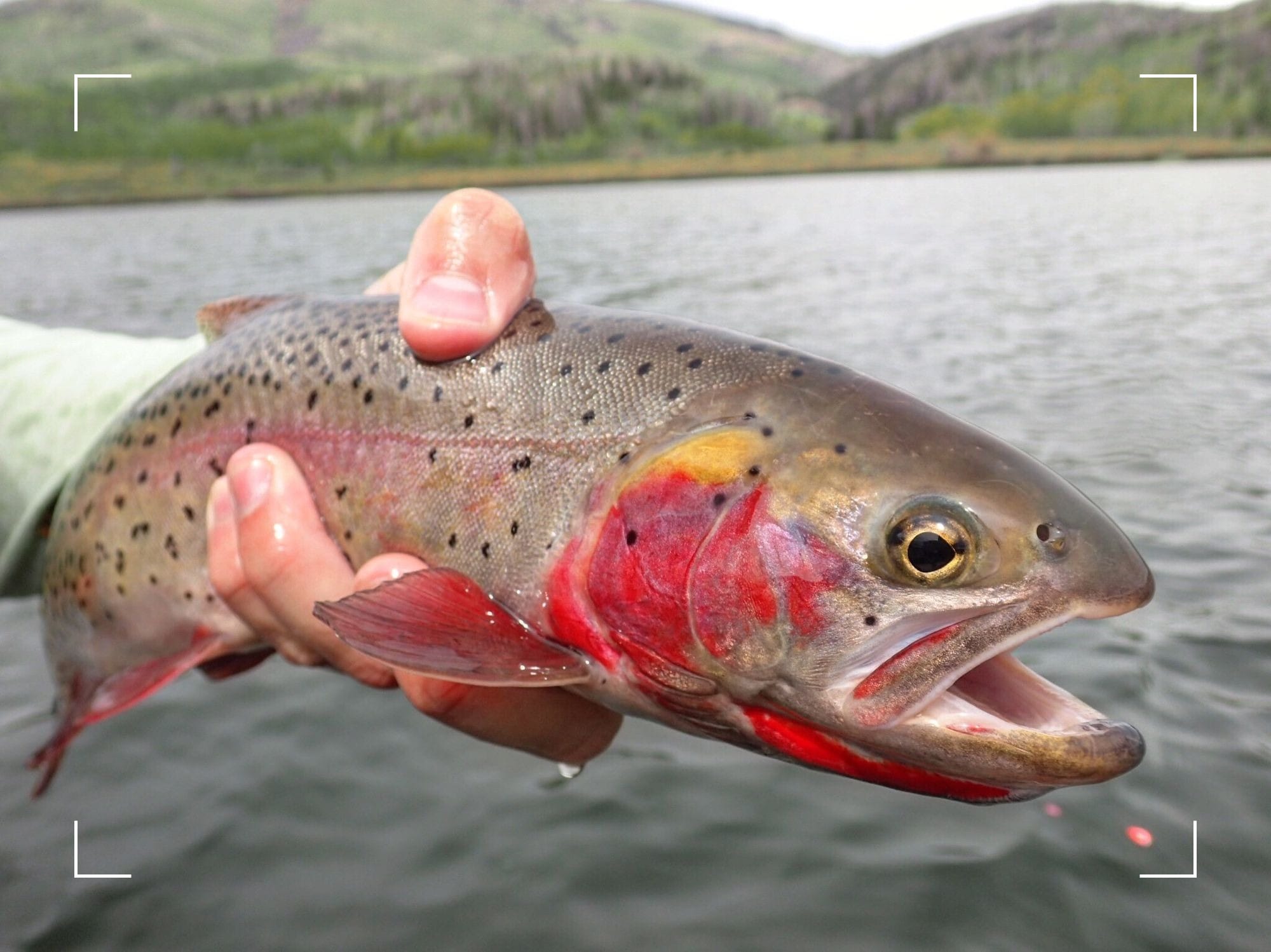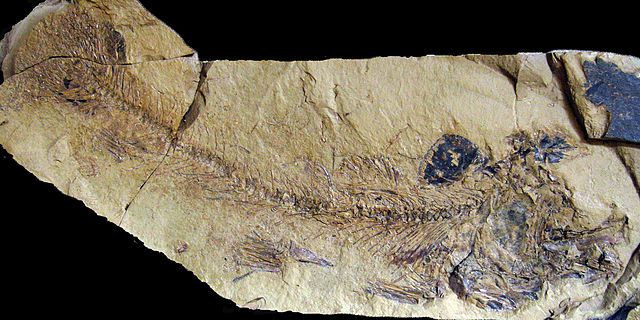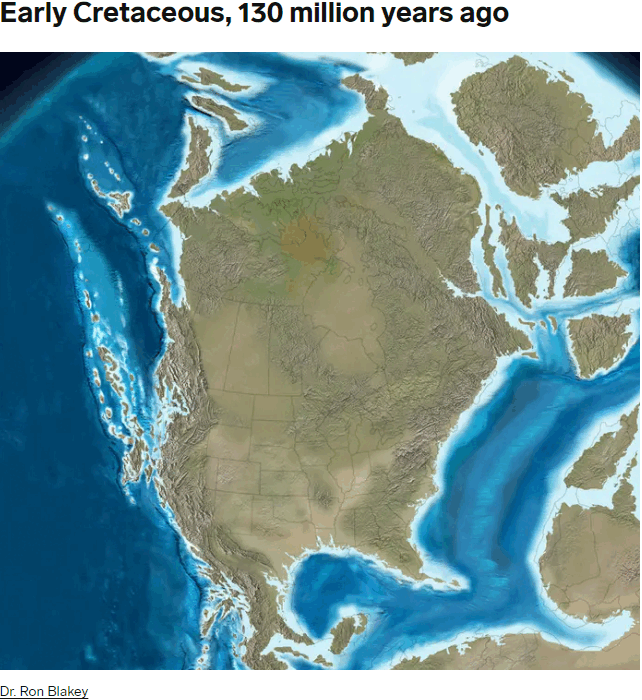The Story of the Cutthroat Trout Subspecies
This is the story of how Cutthroat trout spread across western North America and transformed into their distinct variations

January 2023

The cutthroat trout, currently thought about as distinct subspecies found from New Mexico to Alaska, trace their genealogy to a single species existing long before we gave them the latin name Oncorhynchus clarkii. Let's journey back in time to examine the origins of this trout and how its ancestors evolved into modern variations that we know today.
Origins (Eocene)
The oldest fossil known to closely resemble a trout was named Eosalmo and dates back to 53 million years ago (mya). This fossil, imprinted on lake-deposited rock in British Columbia, provides evidence Eosalmo was a completely freshwater-adapted fish. At that time during the Eocene, (around 50 mya) ancient North America was adapting to life after being split by an inland sea and after the extinction of the dinosaurs about 12 million years prior. By this time, the once-inland sea had receded, and began the evolutionary tract for the trout's ancestor to not only survive, but thrive in rivers and lakes.

Evidence suggests trout arose from a small isolated population of fish due to their unique genetic set of 4 chromosomes. This feature, known as tetraploidy, is somewhat unusual in vertebrates. Therefore, salmonidae are likely progeny of a unique ancestor, arising after the recession of the North American inland seas and based on fossil evidence discussed later in the article occurred after the rise of the Rocky Mountains (80-40 mya). By the time of the Pleistocene, (e.g. the Ice Age, 2.58 mya), North America is taking modern shape, and the landscape features look more relatable to current day. At least under the ice sheets.


